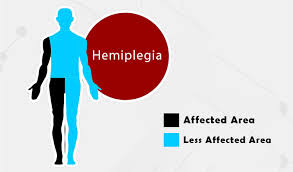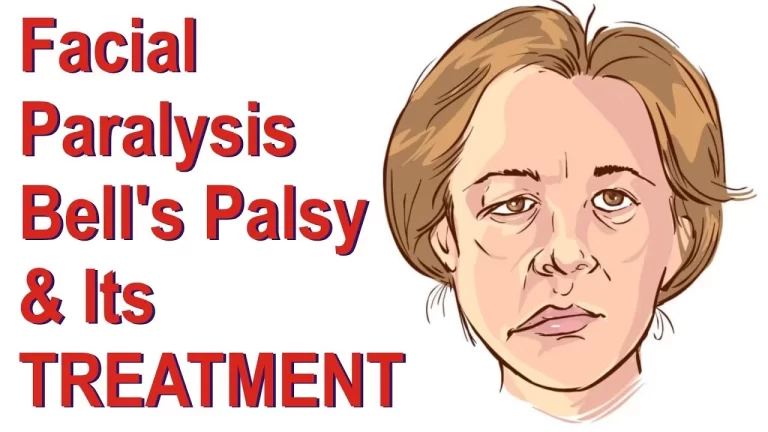Cerebral Palsy
What is a Cerebral Palsy? Cerebral palsy (CP) is a neurological disorder that affects movement, muscle tone, and motor skills. It is caused by damage or abnormalities in the developing brain, usually before or during birth, but sometimes it can occur in early childhood. The specific cause of CP is often unknown, but it can…




